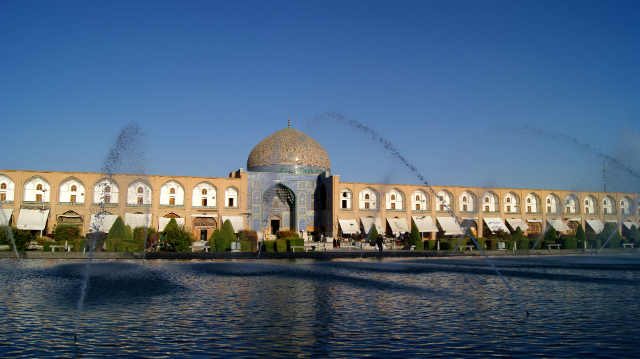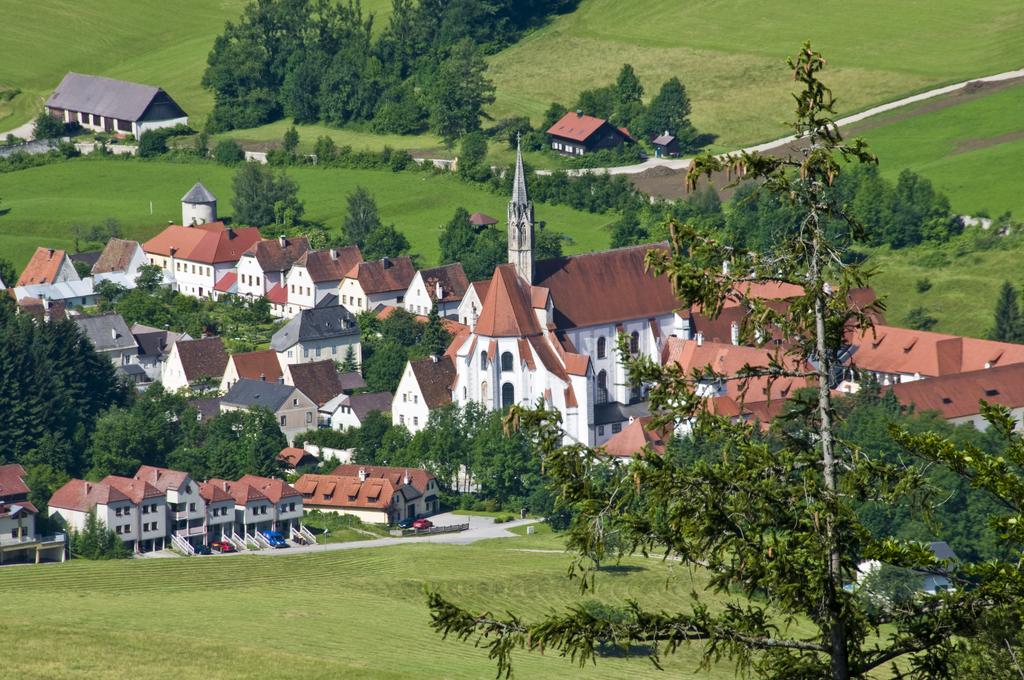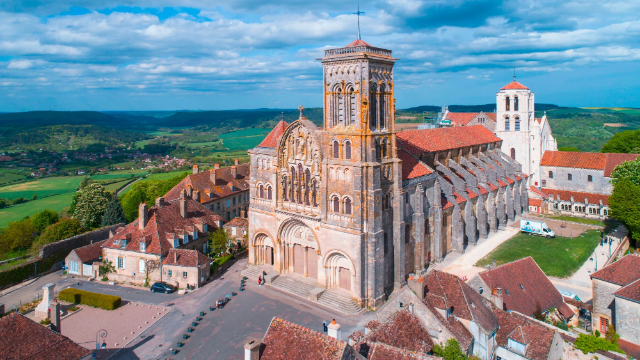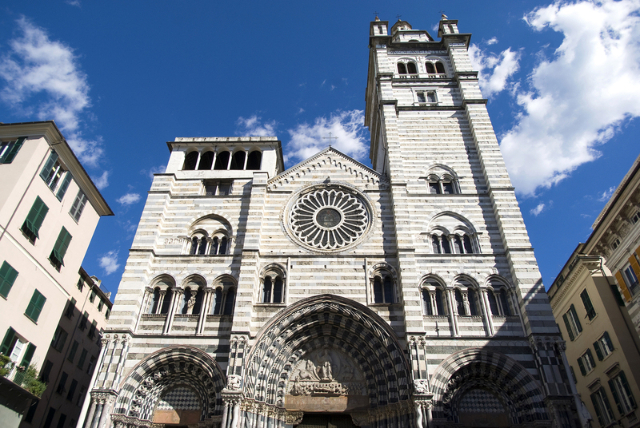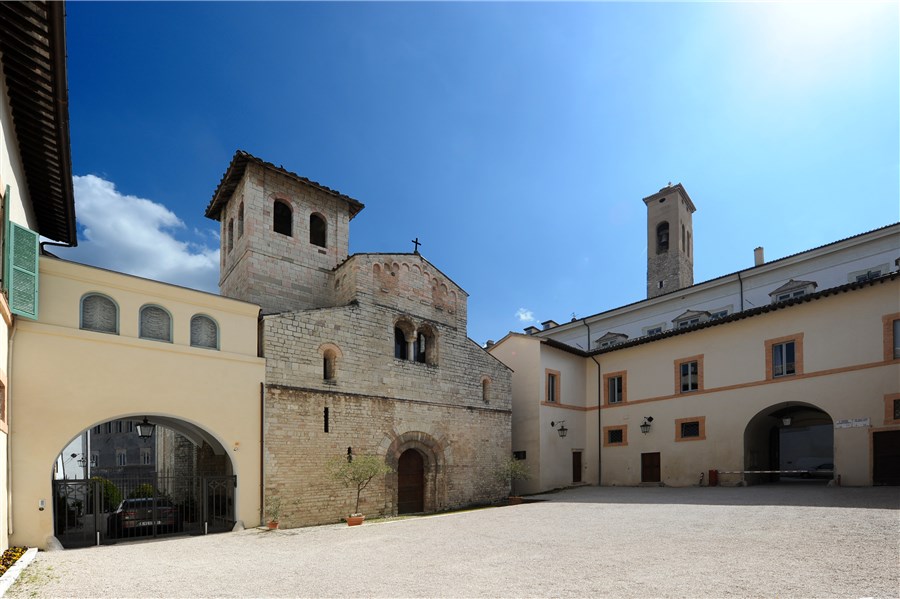Sheikh Lotfollah Mosque is one of the masterpieces of Iranian architecture. It was built by the prominent architect Sheikh Bahai in the early 17th century (from 1603 to 1619) under the order of Shah Abbas the Great– the 5th Safavid king. The starting date for the construction is visible on Reza Abbasi’s inscription on the main entrance. The mosque is located on the eastern side of Naqsh-e Jahan Square (UNESCO World Heritage Site and one of the largest squares in the world with 160 meters wide and 508 meters long) just opposite Ali Qapu Palace, Isfahan, Iran. Its northern side opens into the Isfahan Grand Bazaar. Visit unique Sheikh Lotfollah Mosque When Traveling to Iran and enjoy its unique exquisite tile work.
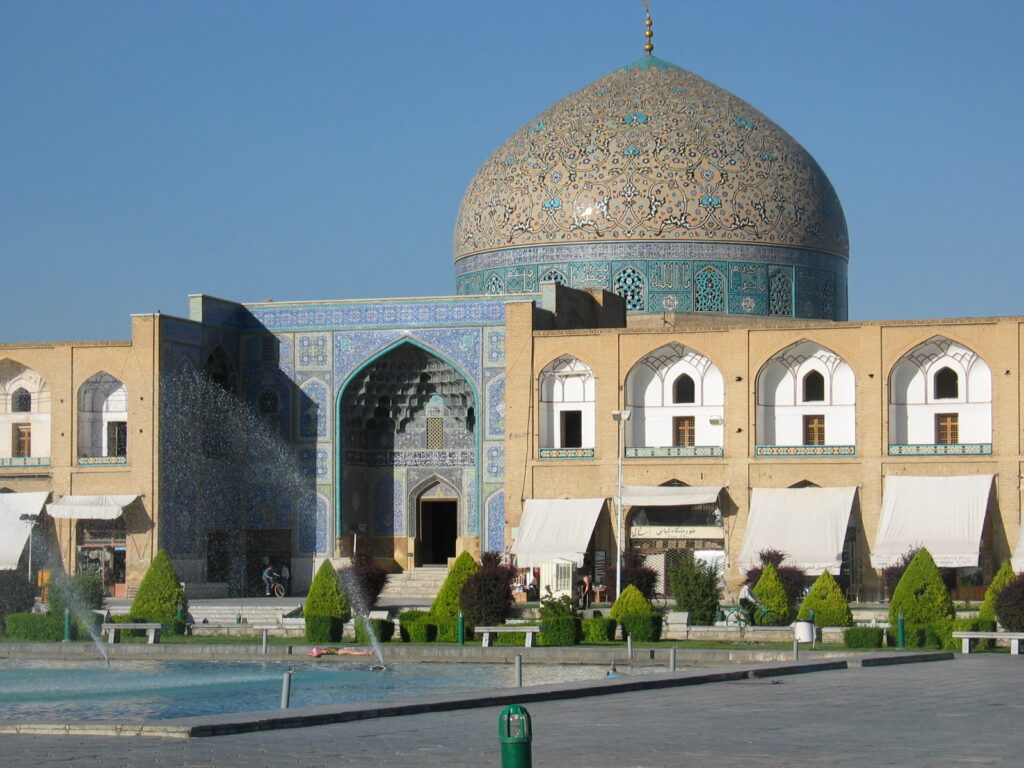
Since the minarets have been used for the invitation of the public for saying prayers after Islam, this small private mosque- without any courtyard, minarets, and interior iwans- is believed to have been built for the women of the king’s harem. By Shah Abbas’s command, a tunnel was built from Ali Qapu Palace to the mosque, so that the females of the royal family did not have to walk across the square.
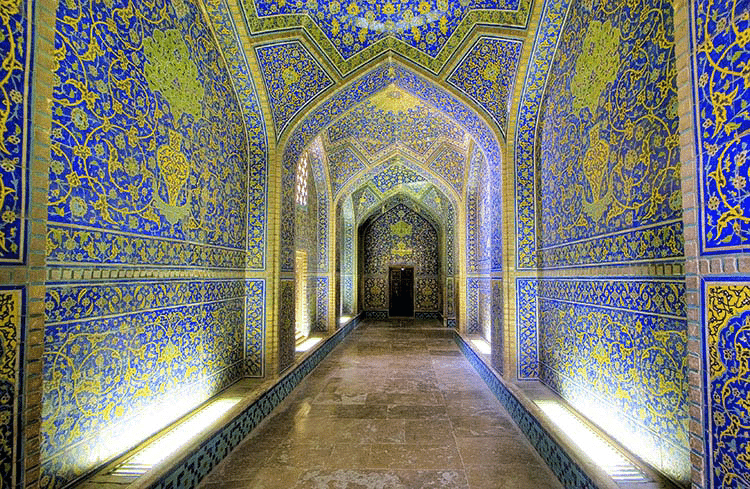
They could reach the mosque without being seen in public. The guards protected the tunnel and the main entrance of the mosque and the doors were kept closed to avoid anyone to enter the building. The mosque was dedicated to Shah Abbas’s father-in-law, Sheikh Lutfallah, a revered Lebanese Islam scholar who died in 1622.
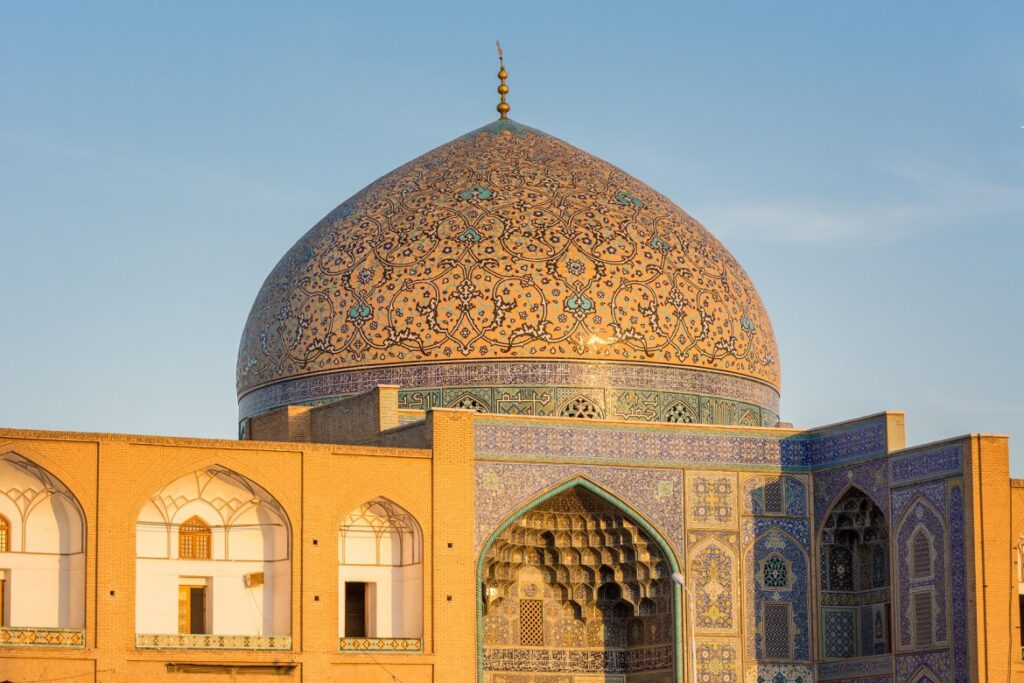
Sheikh Lotfollah Mosque is founded on a square ground plan that turns into an octagonal form in the upper parts and finally transforms into a circle by means of the squinches. This rectangle-to-circle transition plan evokes Sassanid architecture. Despite its simple structure, this small mosque is very rich in tile working and calligraphy. Moreover, the amazing play of light and color – coming through sixteen lattice windows around the lower part of the dome- will astound the enthusiastic visitors. The façade built with marble is decorated with seven-colored mosaics (called as haft-rang tiles in Persian). The calligraphy was supervised by Ali Reza Abbasi, the famous Iranian master of calligraphy.
Due to the difference between the direction of Qibla and the main entrance of the building, the architect Mohammad Reza Isfahani designed an L-shaped hallway connecting the entrance and the sanctuary of the mosque. The structure lies at a 45-degree angle against the Naqsh-e Jahan square eastern wall. As a result, the dome (that is 32 m high and 12 m in diameter) and the main entrance iwan do not fall on the same axis, unlike other mosques.
The Mausoleum of Khawaja Ahmed Yasawi, located in the city of Turkestan, Kazakhstan, is a significant and monumental structure steeped in historical and cultural importance. This unfinished mausoleum stands as a testament to the architectural ambition and religious devotion of the medieval Turkic world.
Commissioned in 1389 by Timur (Tamerlane), one of the most powerful Central Asian conquerors of the Middle Ages, the mausoleum was intended to honor and replace the smaller 12th-century shrine of Khoja Ahmed Yasawi. Khoja Ahmed Yasawi was a revered Turkic poet and Sufi mystic who had a profound influence on the development of mystical Islam in the region. Born in 1093 and passing in 1166, Yasawi is credited with establishing the Yasawiyya order of Sufism, which spread extensively throughout Central Asia.
The Mausoleum of Khawaja Ahmed Yasawi is renowned for its architectural grandeur and is considered one of the most significant examples of Timurid architecture. Despite being unfinished, the structure’s scale and the sophistication of its design and craftsmanship make it an outstanding historical monument. It features a distinctive conical dome, intricately decorated interiors, and a robust use of fired brick, which was an innovation at the time.
The importance of the mausoleum extends beyond its architectural achievements. It is a pilgrimage site that attracts thousands of visitors and faithful from across the Islamic world, reflecting the enduring spiritual legacy of Khoja Ahmed Yasawi. The site was recognized by UNESCO as a World Heritage Site, underscoring its cultural and historical significance, as well as its contribution to the architectural heritage of humanity.
The mausoleum’s setting in Turkestan also highlights the city’s historical role as a spiritual and cultural center in the region, further emphasizing the deep historical roots and the rich traditions that the mausoleum represents.
For those interested in the rich history of Central Asia, the Sheikh Lotfollah Mosque offers an exceptional glimpse into the past, combining architectural brilliance with deep spiritual significance. To explore more about this iconic site, visitors can look up resources and travel guides available on platforms like Secret World. Additionally, using the app from Secret World can provide detailed insights and enhance the travel experience, offering a deeper understanding of the Sheikh Lotfollah Mosque and its place in the cultural and religious history of the region. Whether you are a student of history, a cultural enthusiast, or a spiritual seeker, the Mosque offers a profound journey into the heart of Central Asian heritage.

